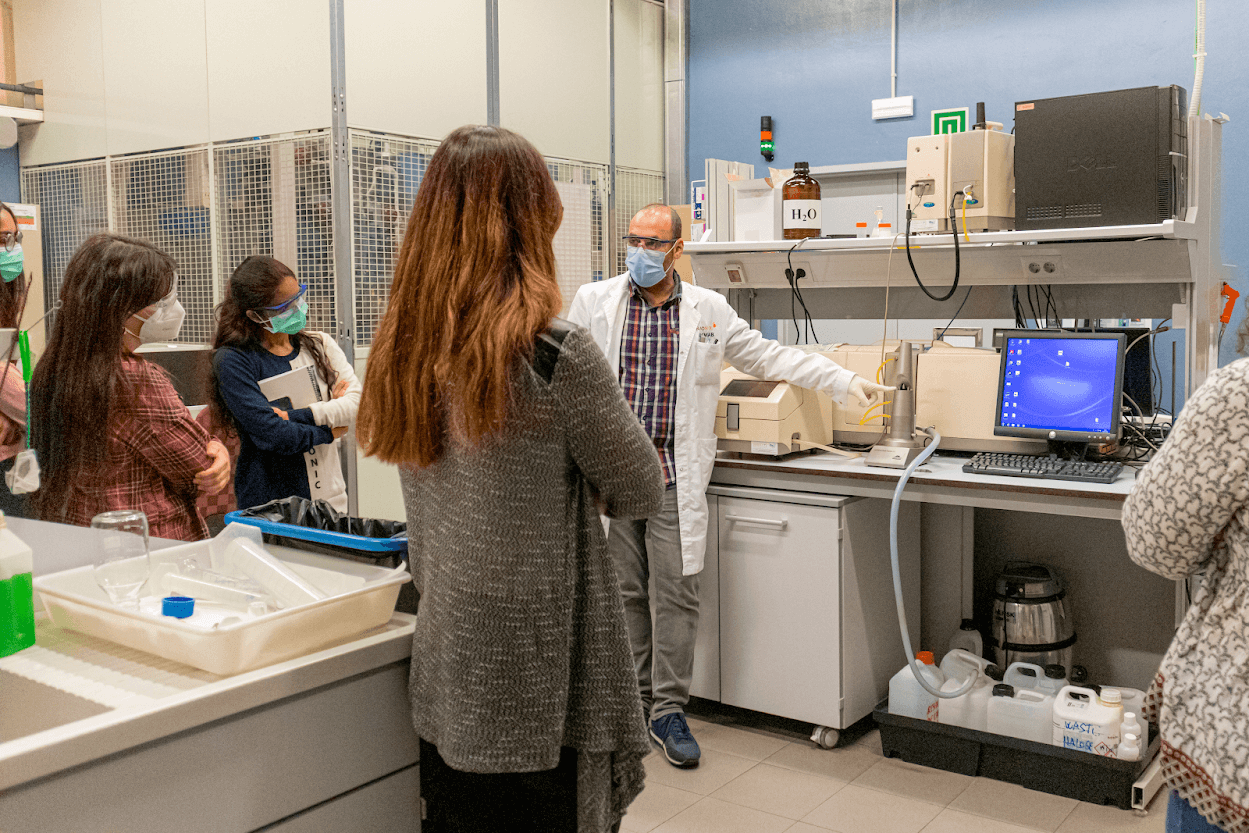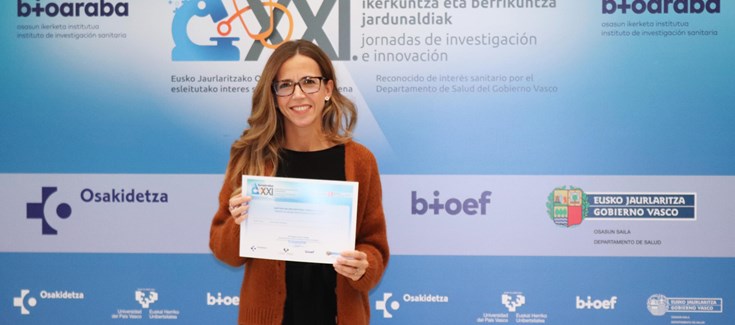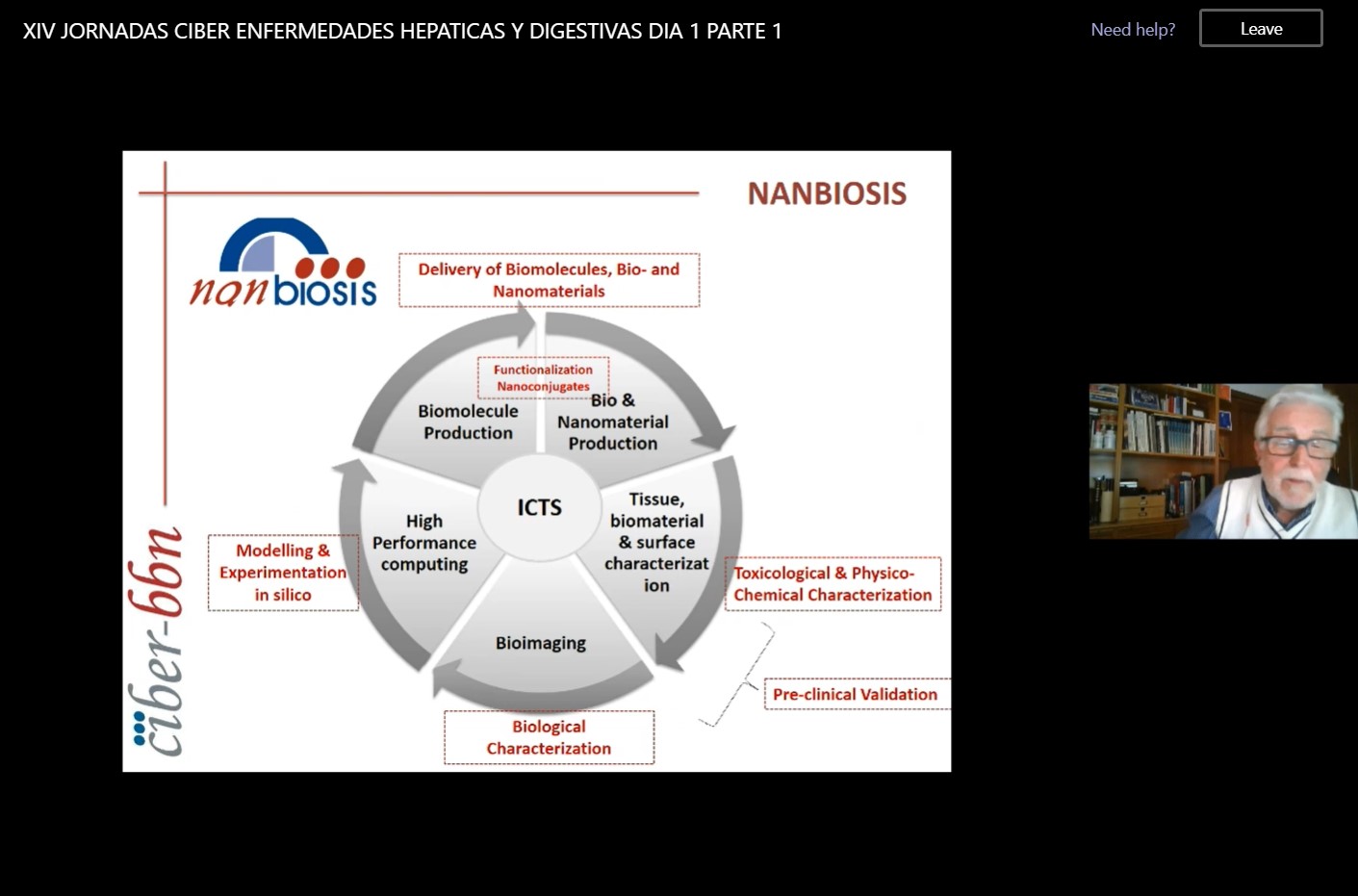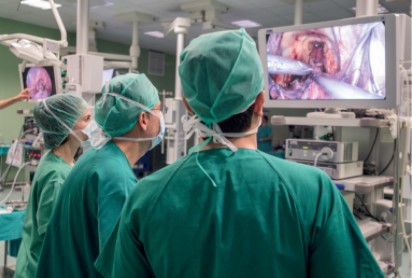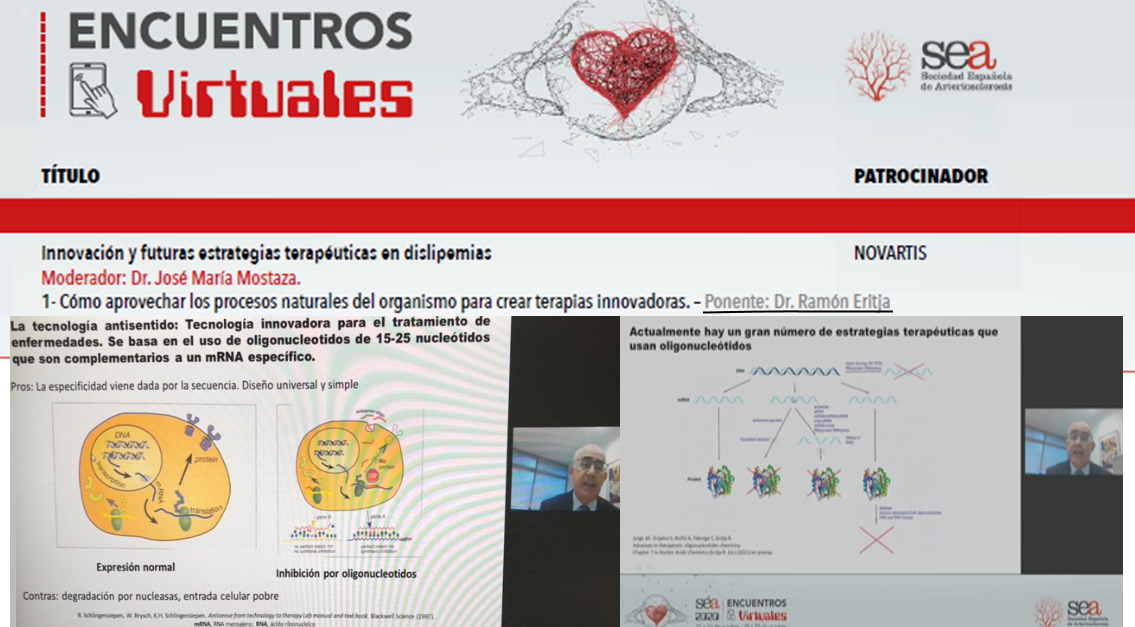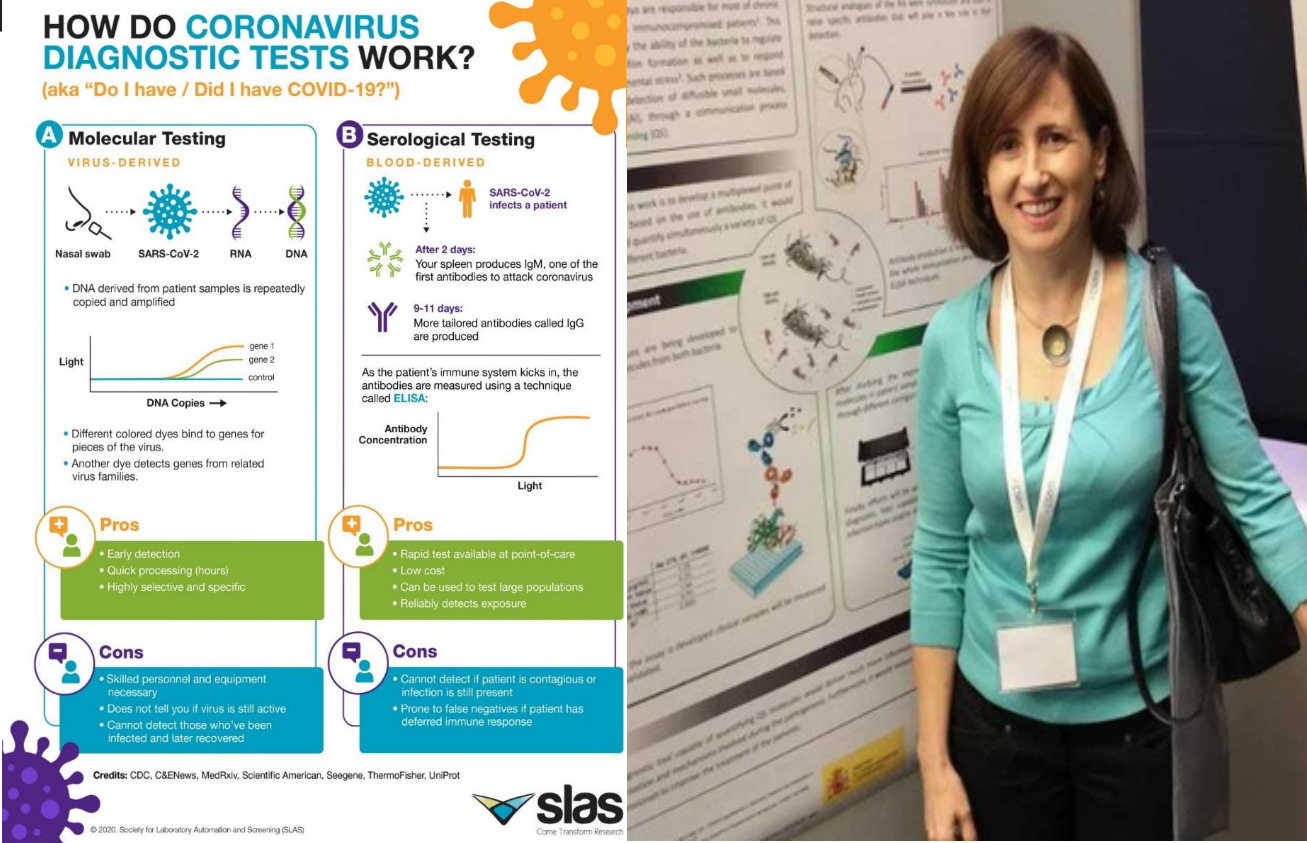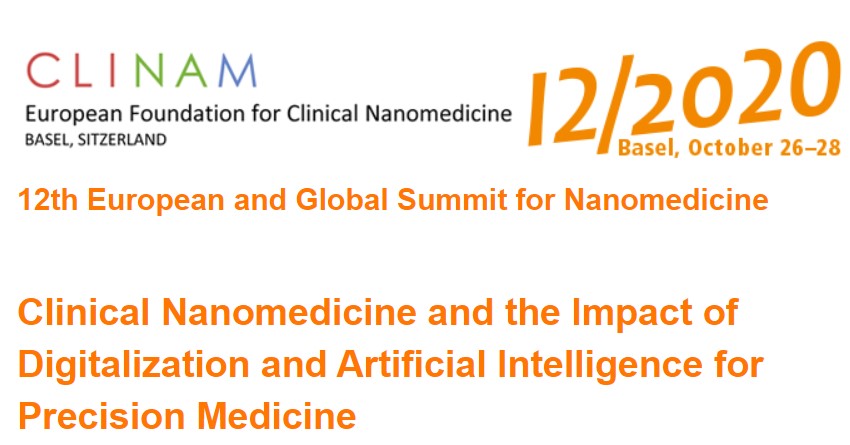Third edition of the course on “Characterization techniques for Particulate Materials” with Amable Bernabé
The Soft Matrials Lab at ICMAB-CSIC, run by Amable Bernabé (NANBIOSIS U6 Biomaterial Processing and Nanostructuring Unit, hosted from Monday, 5 October, to Wednesday, 7 October a course on “Characterization techniques for particulate materials”.
The course was an introduction to different techniques to characterize nanoparticles and other particulate matter, including the basic fundamentals, sample preparation, practical examples and results interpretation.
Due to the COVID-19 pandemic, the participants of the course were less than in previous years, and during the practical sessions the group was divided, so less people was at the same time inside the lab, and the safety measures could be kept.
Theory:
- Dynamic Light Scattering (DLS) with Zetasizer Nano ZS (Malvern Instruments)
- Size distribution
- Z Potential
- Nanoparticle Tracking Analysis (NTA) with Nanosight NS300 (Malvern Instruments)
- Size distribution
- Particle concentration
- Fluorescence
- Light Scattering (LS) with Mastersizer 2000 (Malvern Instruments)
- Size distribution
Practice:
- Sample analysis and practical cases of Dynamic Light Scattering with the Zetasizer Nano ZS (Malvern Instruments) equipment.
- Samples analysis and practical cases of the Nanoparticle Tracking Analysis (NTA) technique with the Nanosight NS300 (Malvern Instruments) equipment.
- Sample analysis and practical cases of the Light Scattering (LS) technique with the Mastersizer 2000 (Malvern Instruments) instrument.
Source of information ICMAB-CSIC
